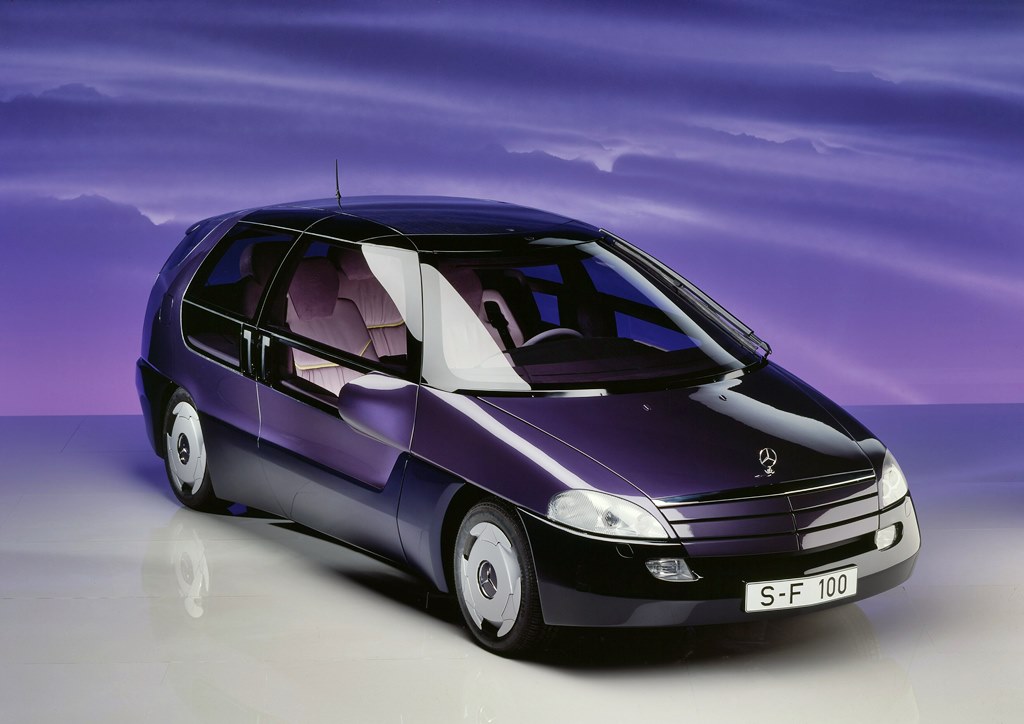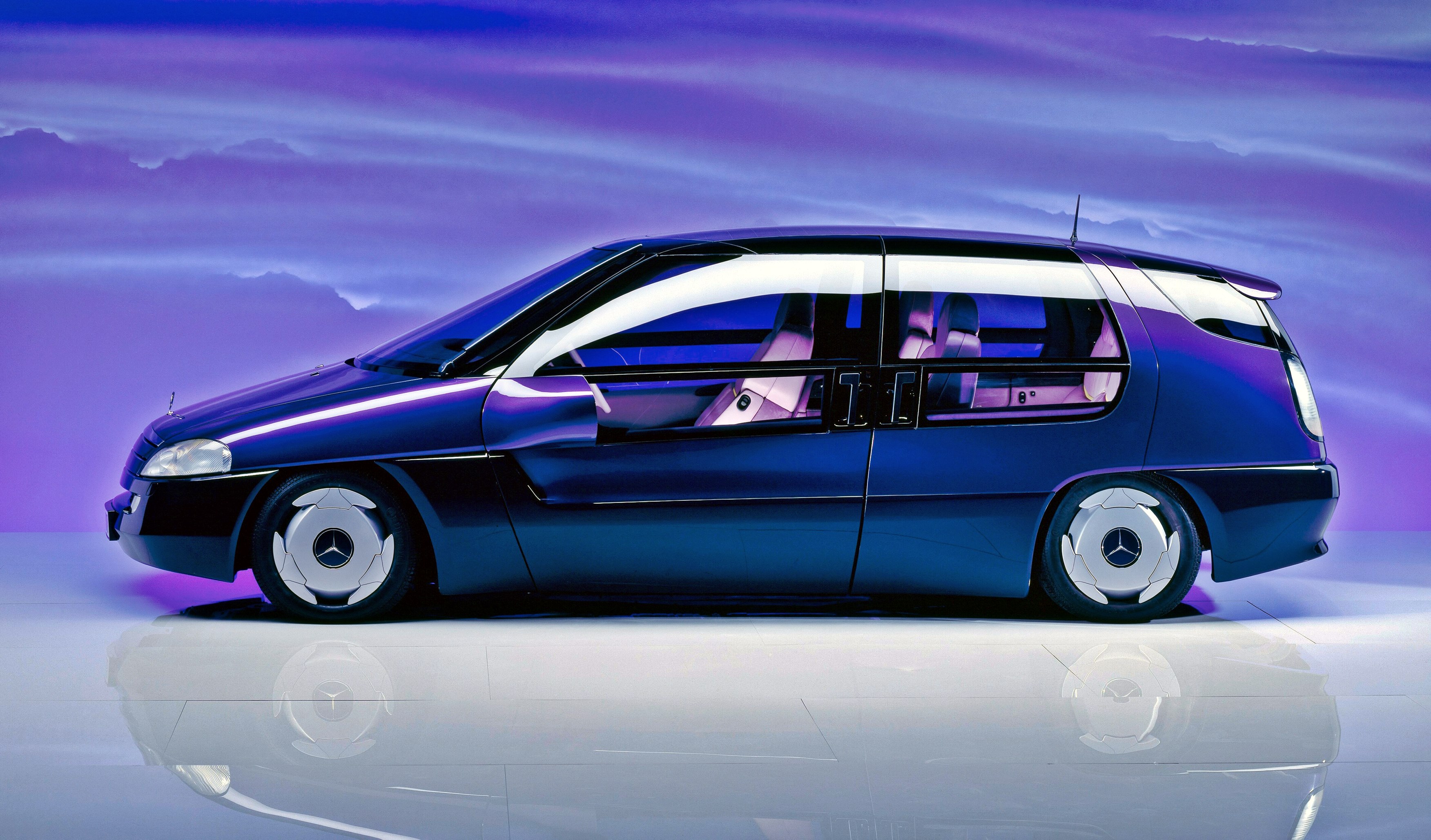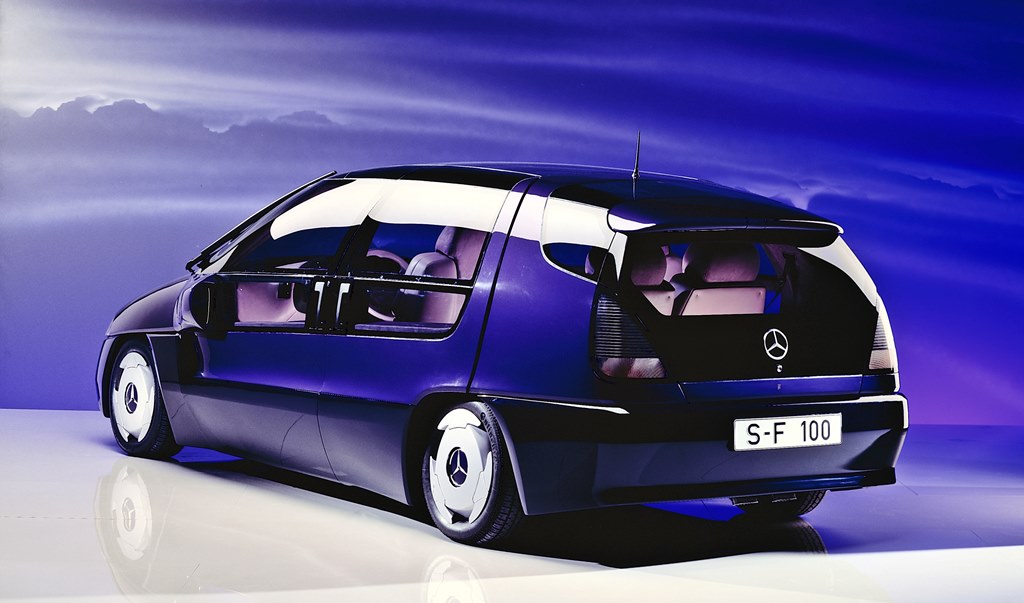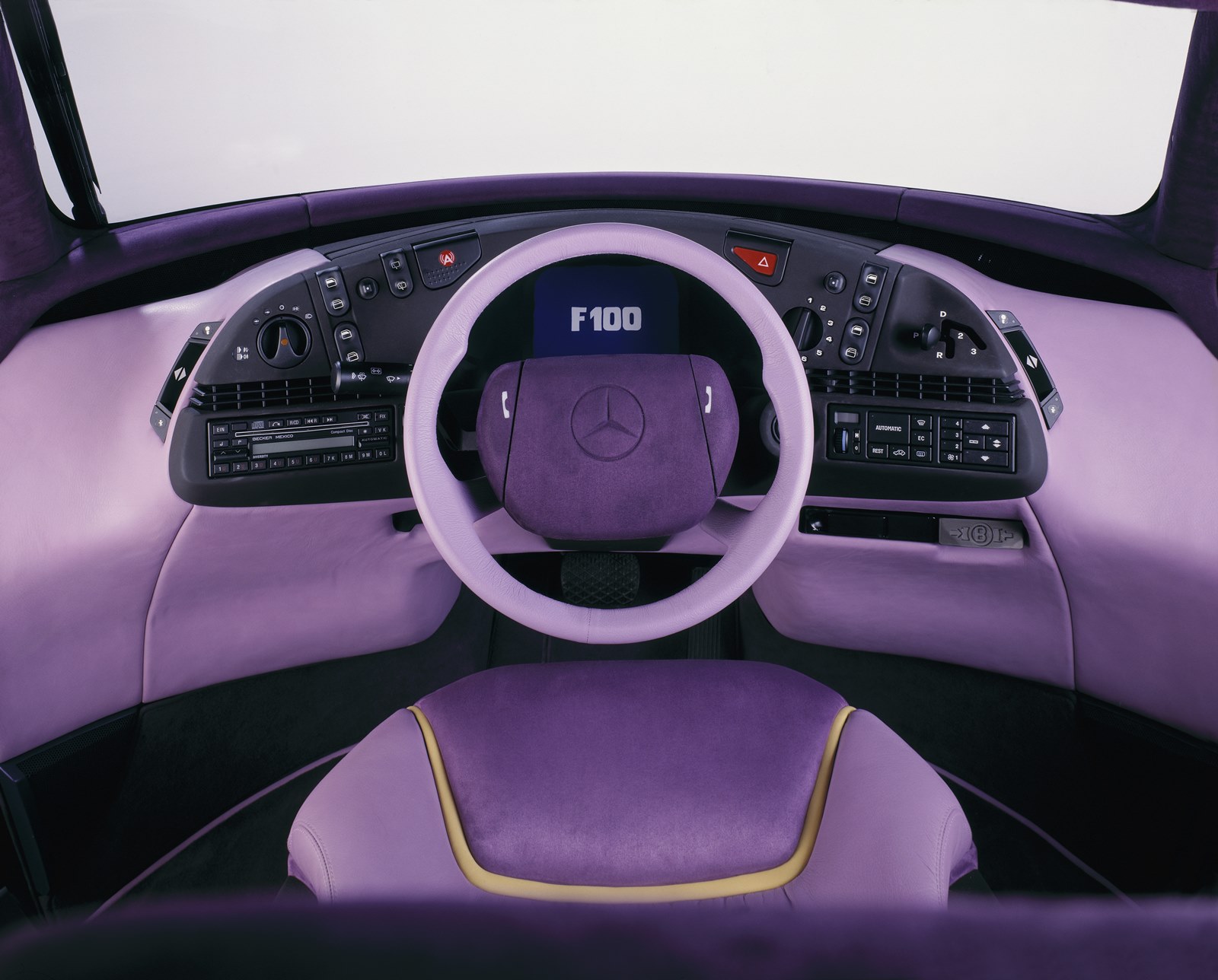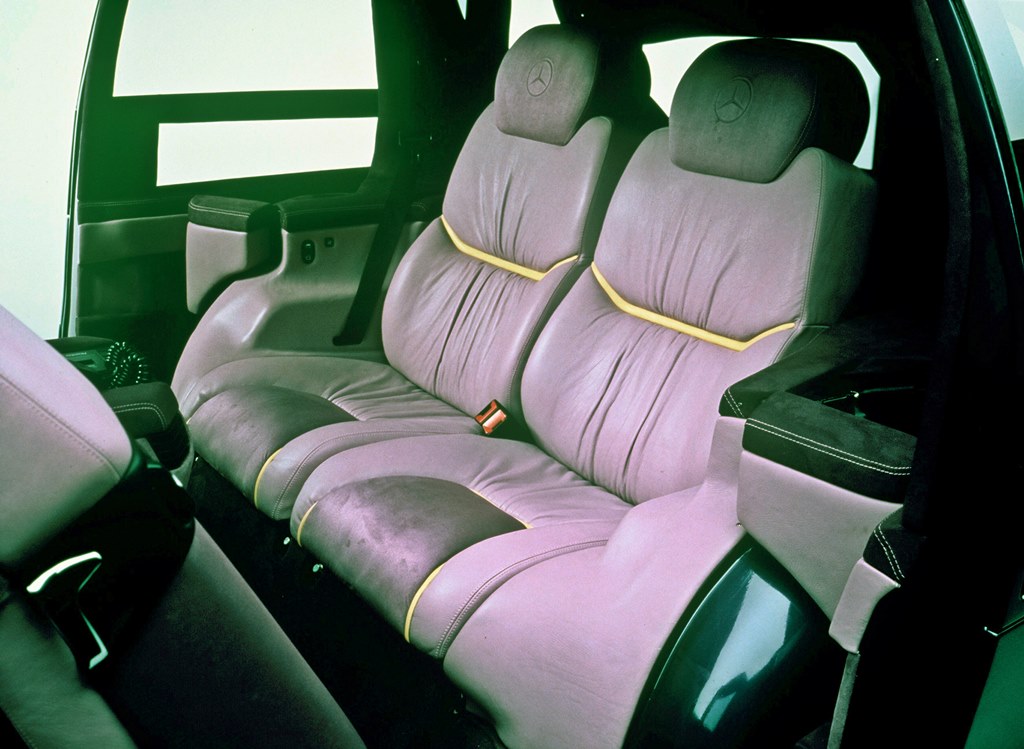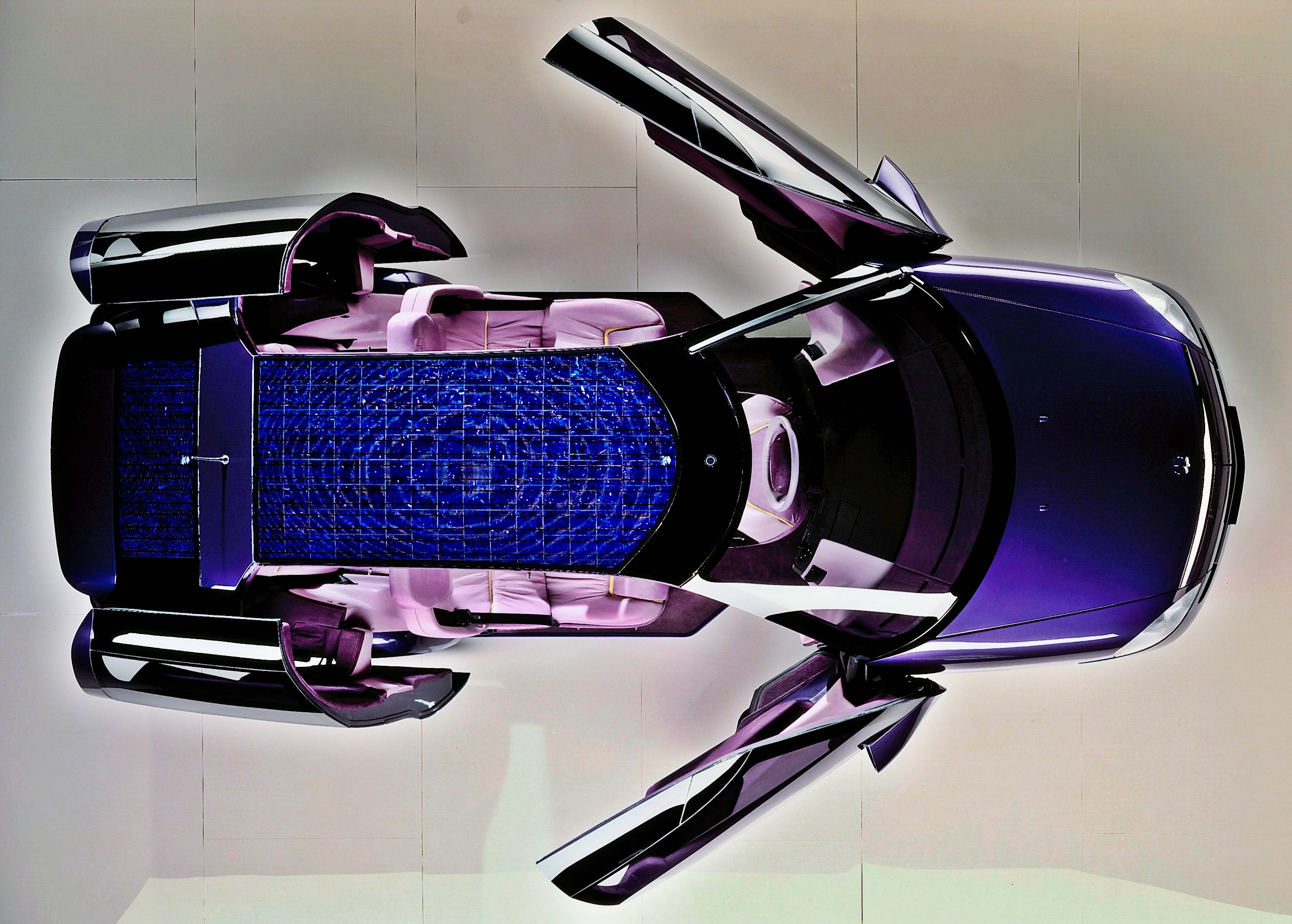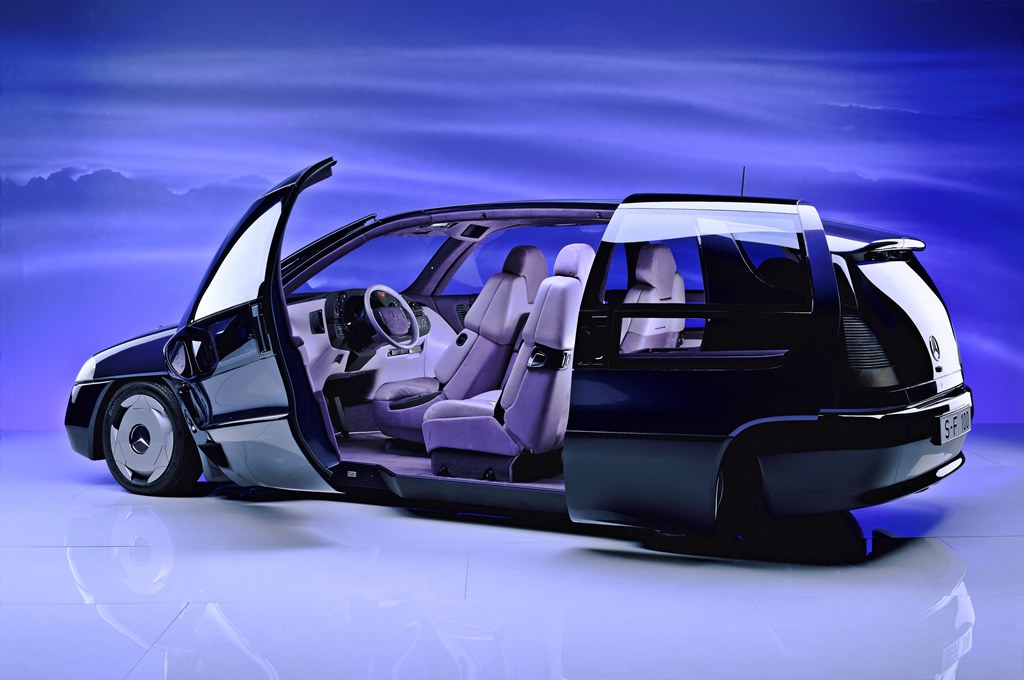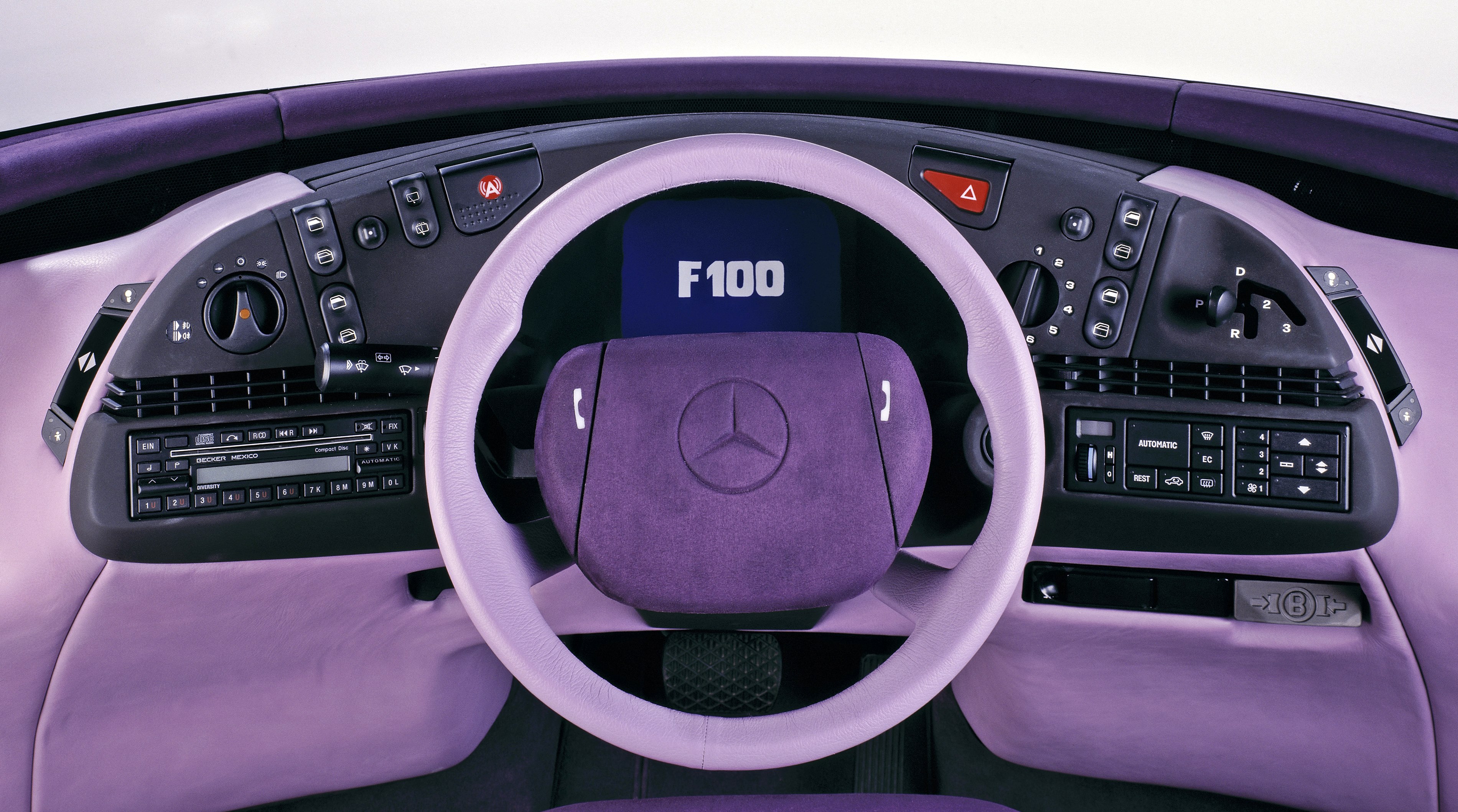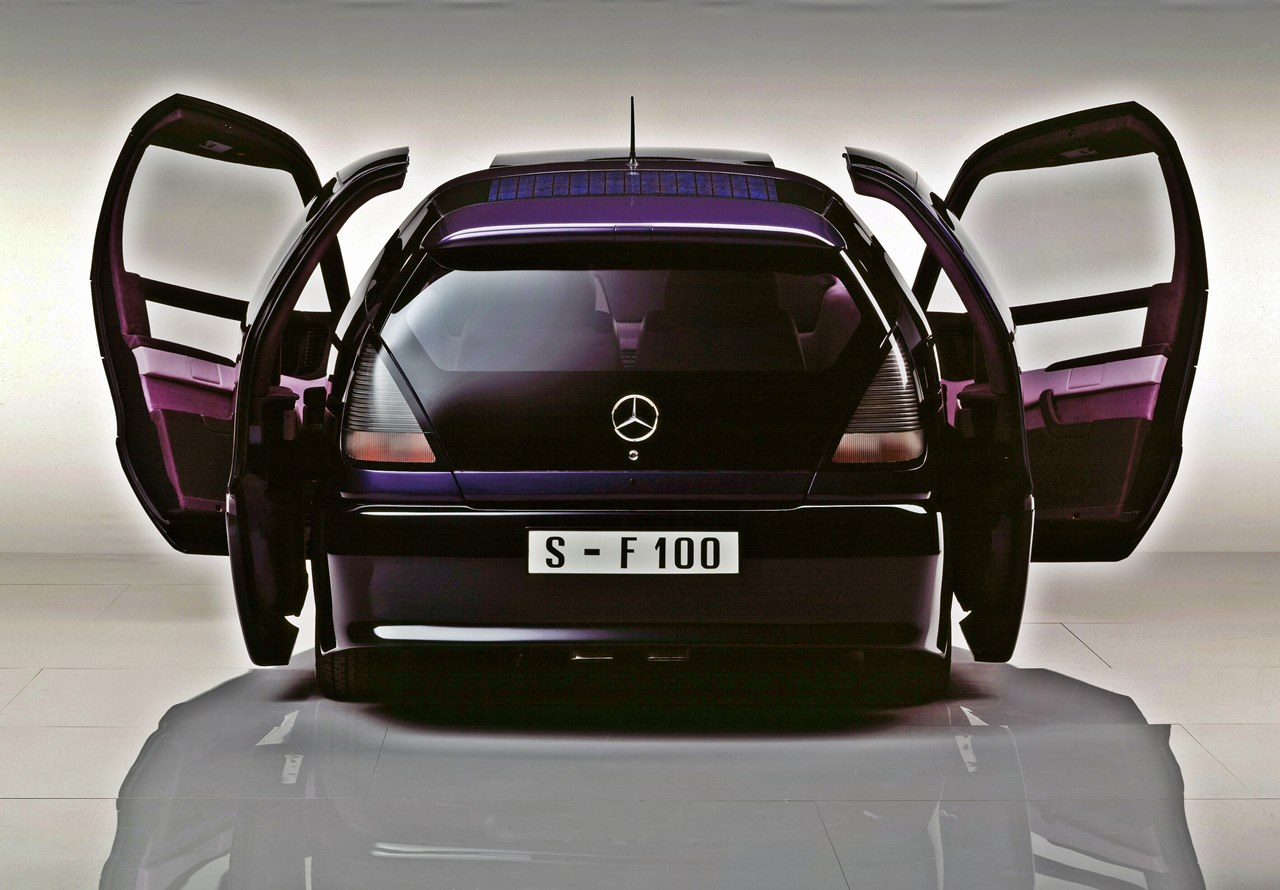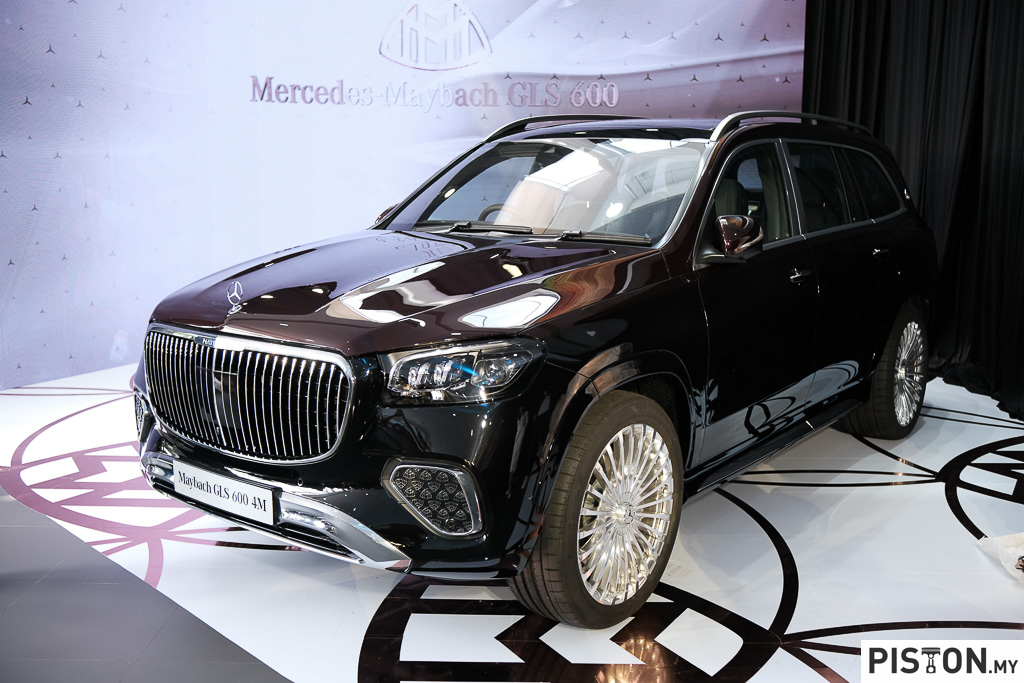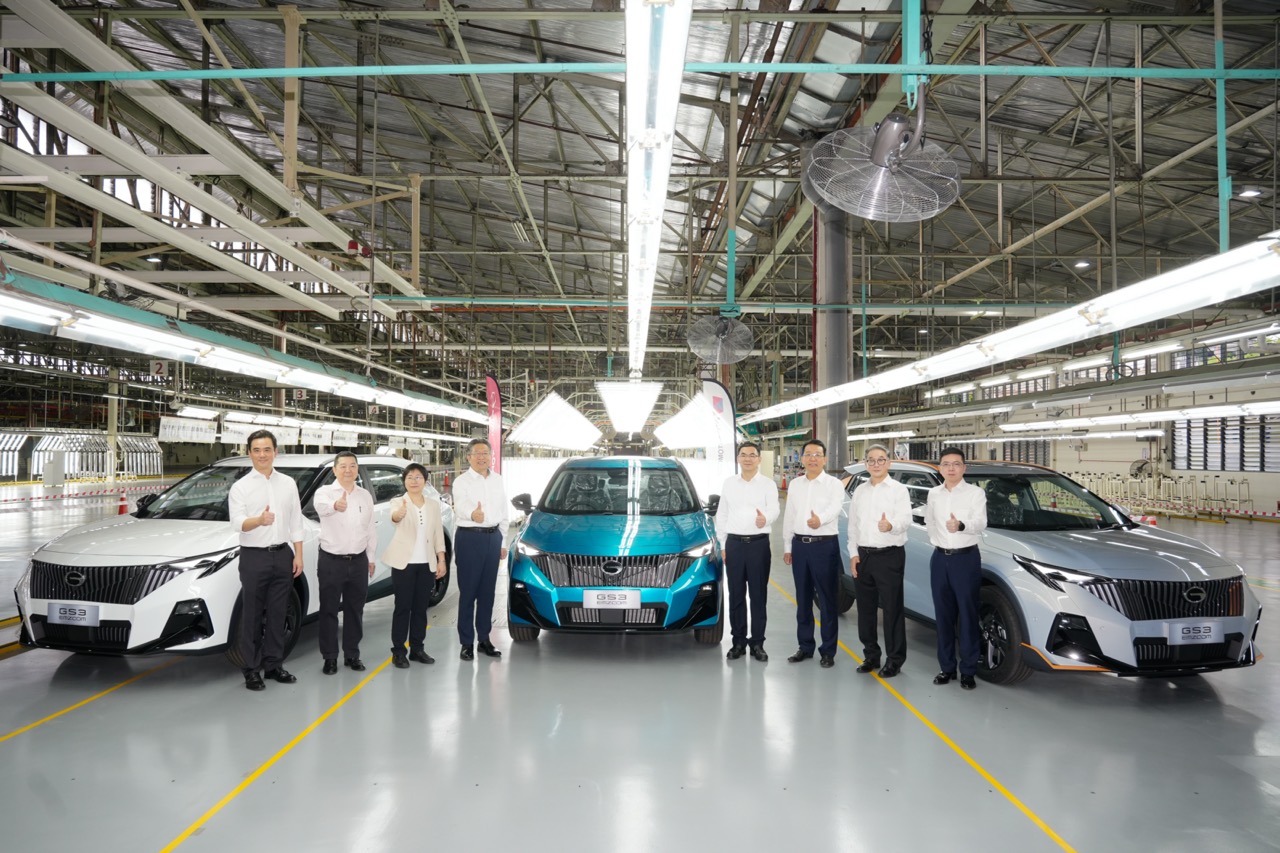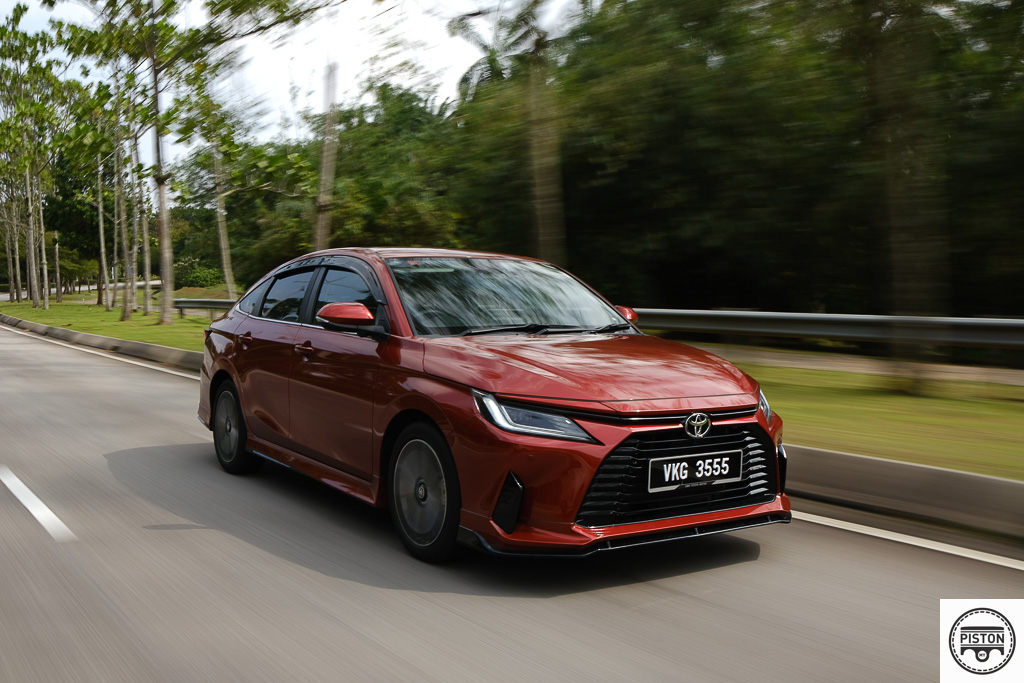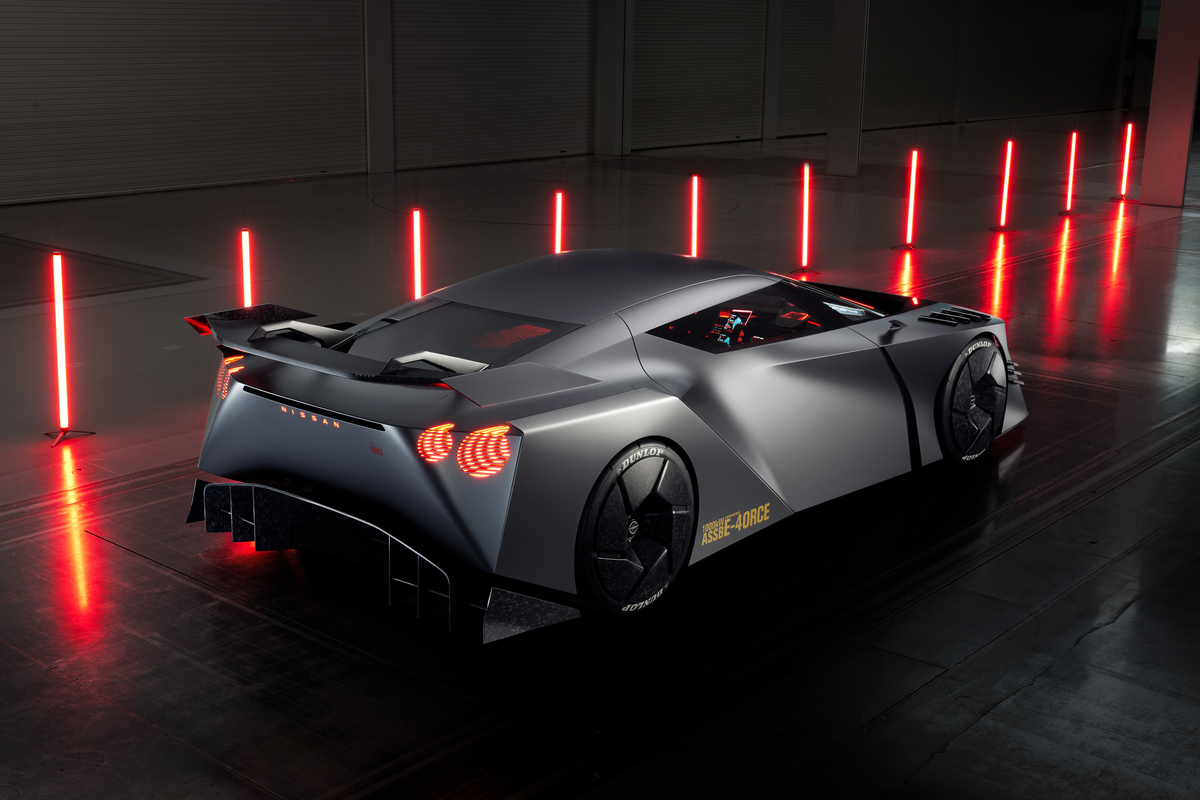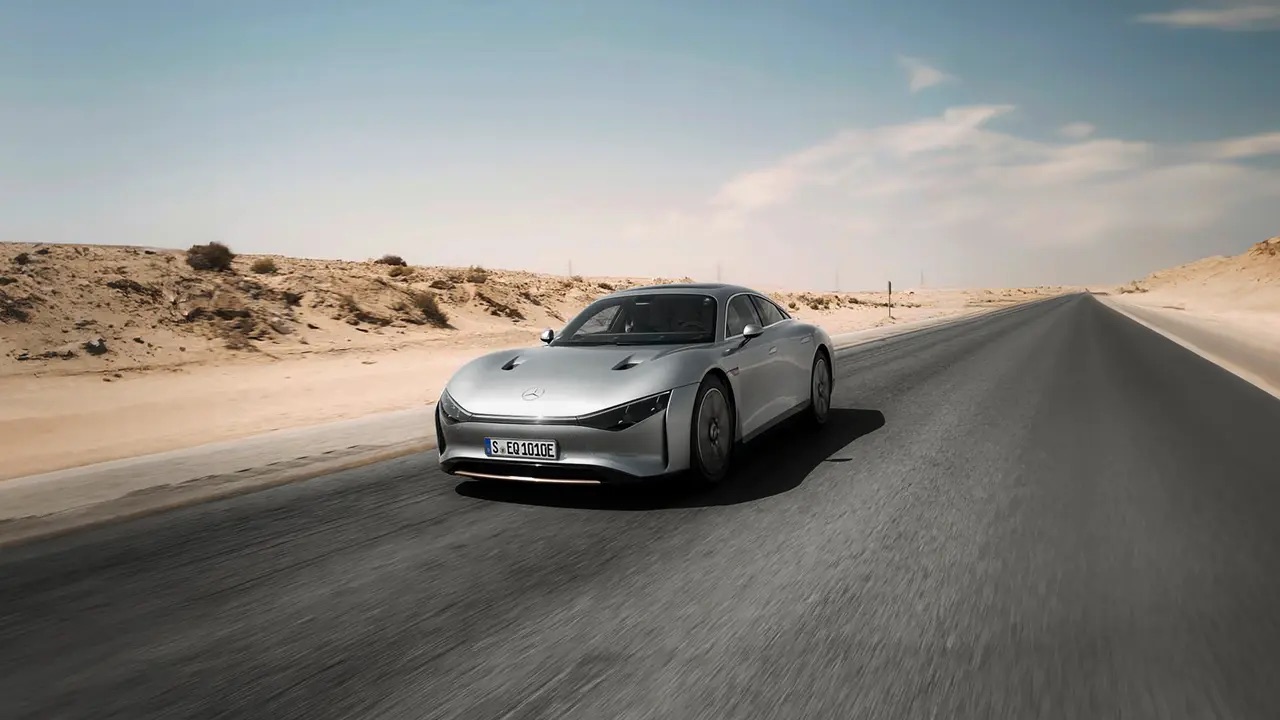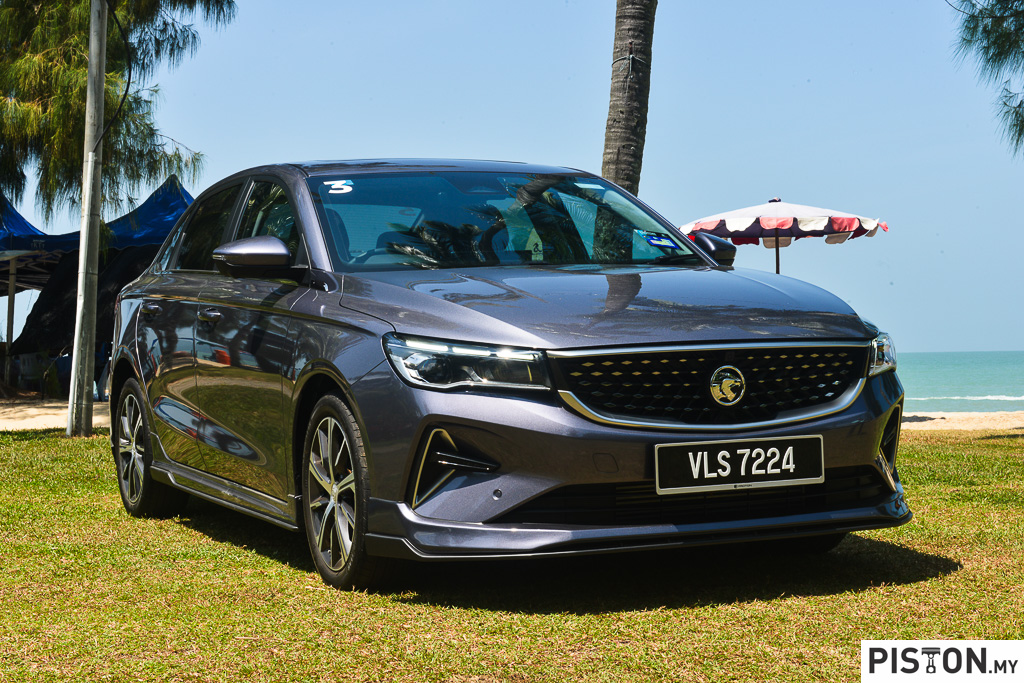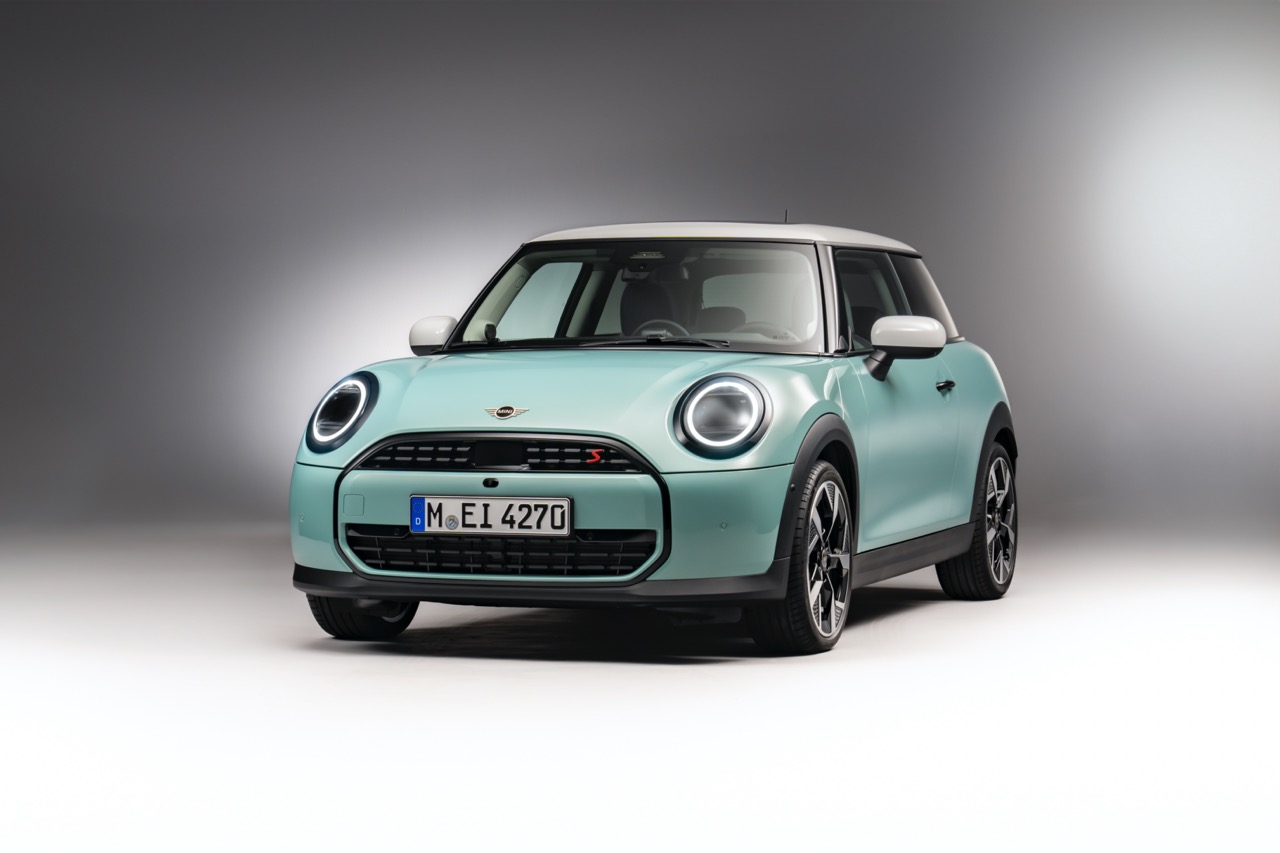At one time, a ‘connected’ vehicle was one which could receive radio broadcasts and that was about all. Today, the term refers to many more ways that the vehicle and its occupants are connected which we are taking for granted. Even the cheapest models come with simple handsfree telephony capabilities, and connecting to the internet has been possible for many years.
Yet, in the early 1990s, connectivity like this was still considered as just ideas in concept cars. People were just starting to enjoy the convenience of mobilephones and being able to make calls from cars (which would lead to new laws that made them offences as they affected safety). Voice command was still regarded as science fiction, let alone handsfree telephony.
Thinking ahead in 1991
But many of the connectivity features that are common in today’s vehicles were already in the minds of Mercedes-Benz researchers and designers back in 1991. They showed their ideas in the F 100 research vehicle which was first displayed at the North American International Auto Show.
The F 100 was significant in many ways as never before had so many new ideas and innovative solutions been incorporated in a single vehicle. With all its technology, the vehicle was a forerunner of today’s connected car, which was typical of the German carmaker that has a long tradition of demonstrating pioneering technology in visionary and fully functional vehicles.
The F research vehicles
The F 100 was the first Mercedes-Benz research vehicle to feature an ‘F’ in its name. After the F 100 would come models such as the F 200 Imagination (1996), F 300 Life Jet (1997), F 400 Carving (2002), F 500 Mind (2003), F 600 HYGENIUS (2005), F 700 (2007), F 800 Style (2010), F 125! (2011) and F 015 Luxury in Motion (2015).
The F 100 was clearly a visionary research vehicle and it was employed by the engineers and designers to implement key findings in relation to future demands on vehicle technology. Among other things, the research vehicle incorporated findings from accident/social research: as a typical passenger car carries an average of between 1.2 and 1.7 people in everyday use, the developers positioned the driver in the centre of the passenger cell – the safest place inside the vehicle. This made the innovations in terms of crash safety for the driver even more effective.
The occupants in the second row were seated to the left and right behind the driver. Two further passengers were given seats towards the centre between the sturdy rear wheelhouses. The body of the F 100 with its steeply raked rear end anticipated the trend of future years, in which there was an increasing demand for spacious estate cars and other vehicles. It did not, however, take into consideration the SUV with its higher ground clearance…
Complex door operation
The innovative spatial concept of the interior was matched by a new type of door operation. Access to the driver’s seat was by means of rotating-swivelling doors, which took parts of the vehicle floor and roof with them when opened. When they were closed, mechanical locking mechanisms in 3 places ensured firm, reliable closing.
In this way, the F 100 made up for the slender waistline in the vehicle floor and the design with no B-pillar between the front doors and the space-saving, rear pivot-and-slide doors. Of course, the complex idea would be expensive and would not appear in production cars, although sliding side doors are common in MPVs.
The connected car
With many of its systems, the F 100 anticipated solutions that would in future years give rise to the ‘connected car’. These included a voice-controlled telephone system and a central display, on which the vehicle system automatically showed the key information in every situation – such as the current speed or warnings about traffic in the area around the vehicle.
Such information was delivered by a camera activated when reversing, while a distance-warning radar and another radar system monitored traffic ahead and behind the F 100. Sensors also detected other vehicles in the blind spot if the driver indicated to change lane and automatic lane-keeping was also possible.
Other electronic assistance systems included access to the car by chip card instead of a conventional key, electric motors to control the adjustment of seat and steering wheel, mobile fax and a permanently installed personal computer that was becoming widespread. The power supply was assisted by solar cells in the roof with an area of almost 2 square metres and an output of up to 100 watts.
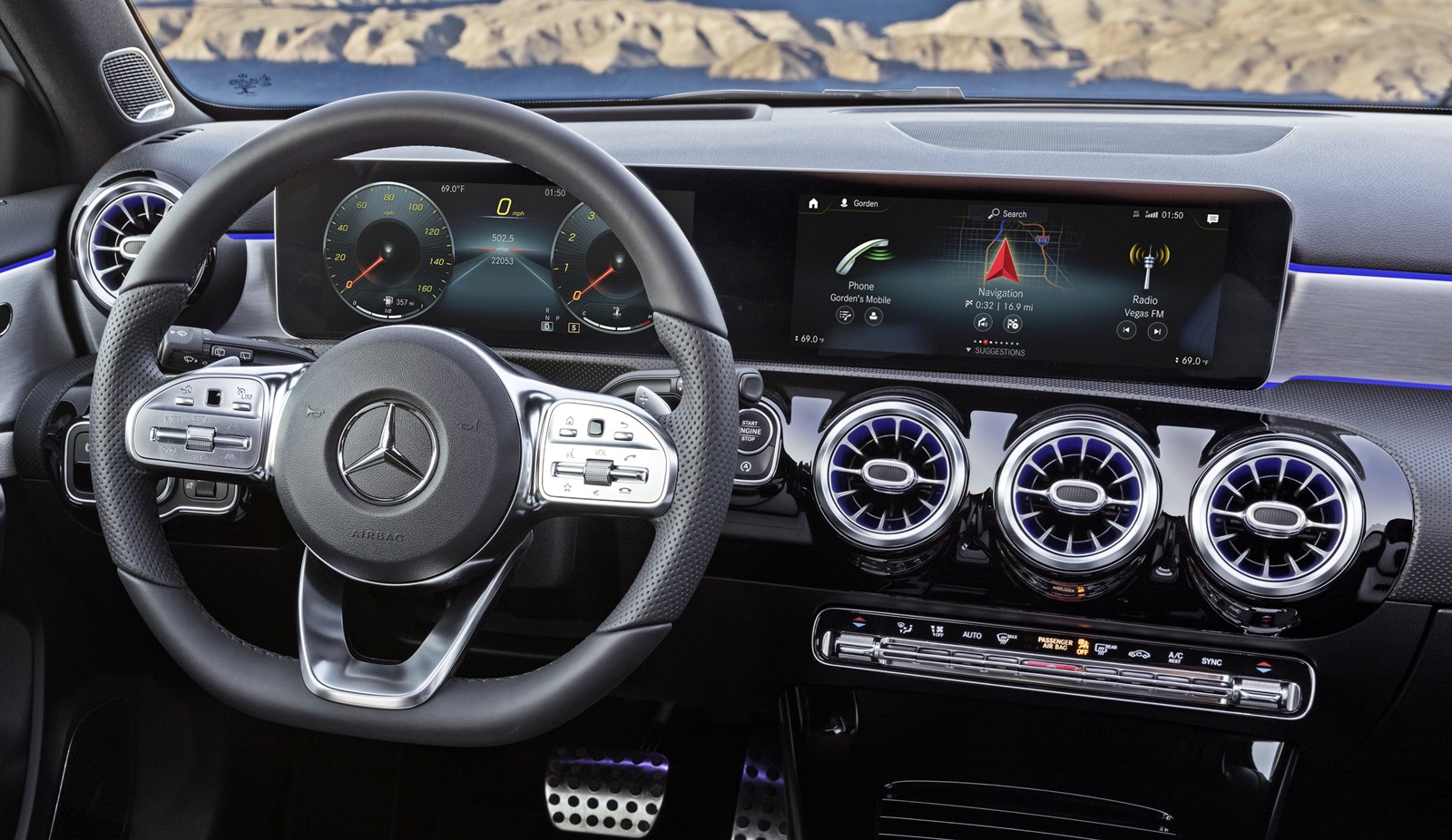
They all sound common today, along with other systems that were considered very advanced in 1991: autonomous intelligent cruise control, xenon headlamps and a chip card as the vehicle key. Those who saw the F 100 and learnt of these systems may have found it hard to believe would be available in cars just a decade later – and not just in the flagship models like the S-Class.
Better lighting too
it was a vehicle that gave a fascinating promise of the future of automotive technology. This included safety systems and one of them showed a new approach to lighting technology. The F 100’s highly compact headlamps were the first from Mercedes-Benz to use gas-discharge lamps. This technology was later to become known under the name of xenon headlamps. The tail lamps were of transparent prism rods that served as light conductors and were activated from a central light source in the appropriate colour depending on the required function.
Different vehicles, different purposes
In addition to its research vehicles, Mercedes-Benz also develops technology vehicles, test vehicles, concept vehicles and one-off vehicles in advance of new standard-production models. Technology vehicles are standard-production vehicles that are equipped with new technology – such as alternative drives – in order to test that technology under everyday conditions. Related to research vehicles, the test vehicles are used to take new technologies out of the research lab and onto the test track.
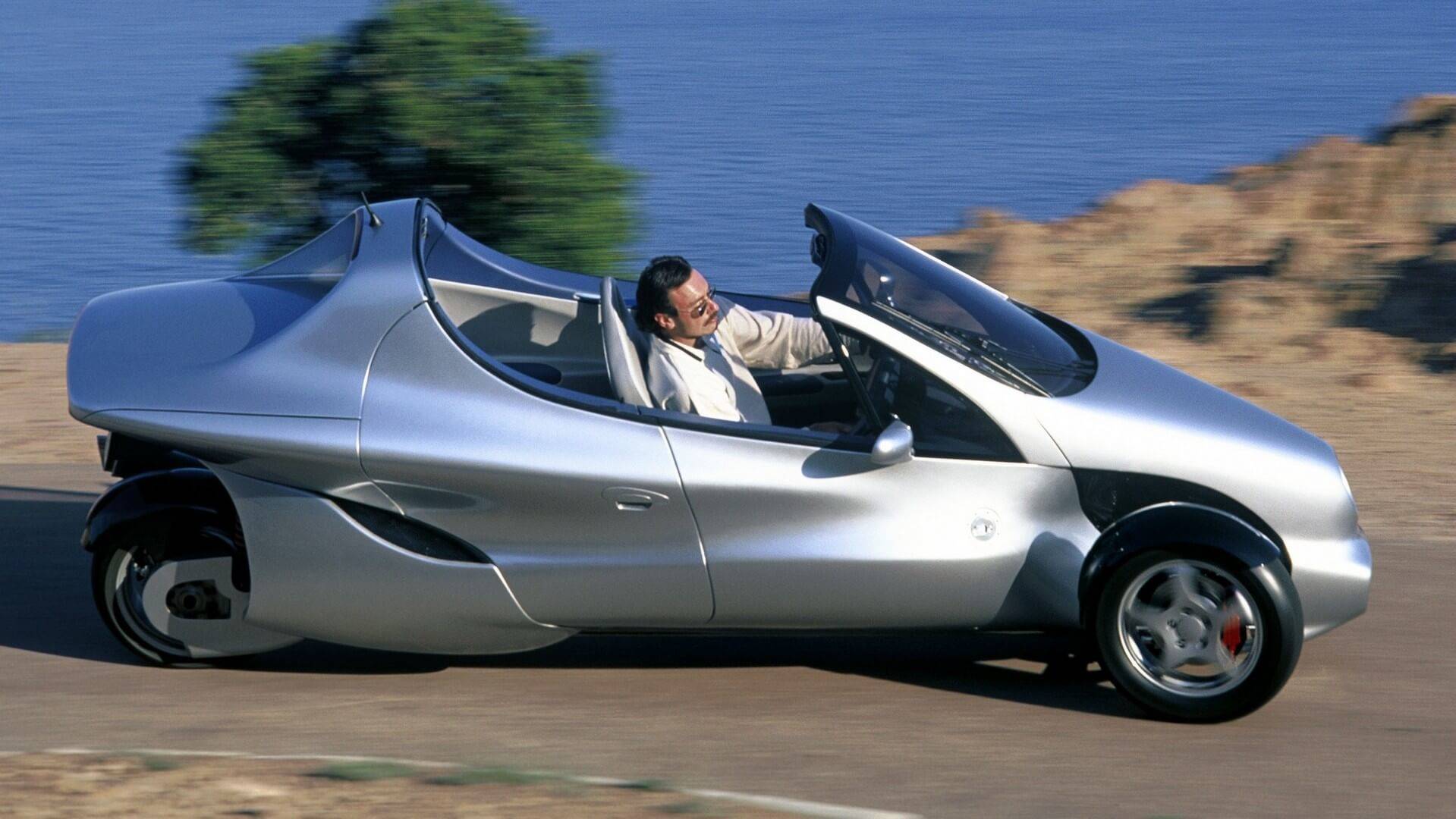
Concept vehicles, on the other hand, are near-production, ready-to-drive vehicles that position a future vehicle model on the market. They are usually equipped with new technology just short of readiness for use in use in production models that customers can buy.
The most efficient Mercedes-Benz ever built – the Vision EQXX


